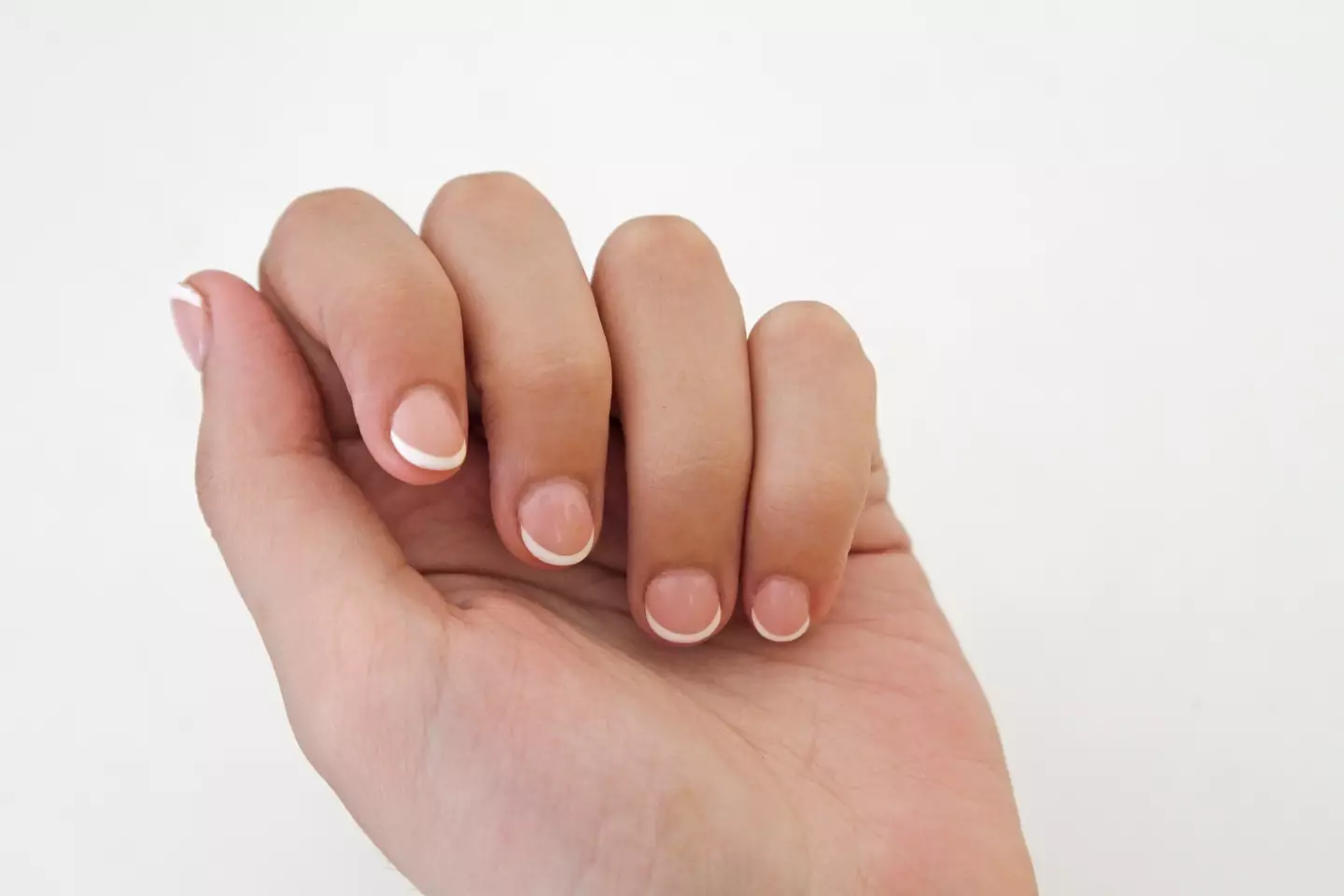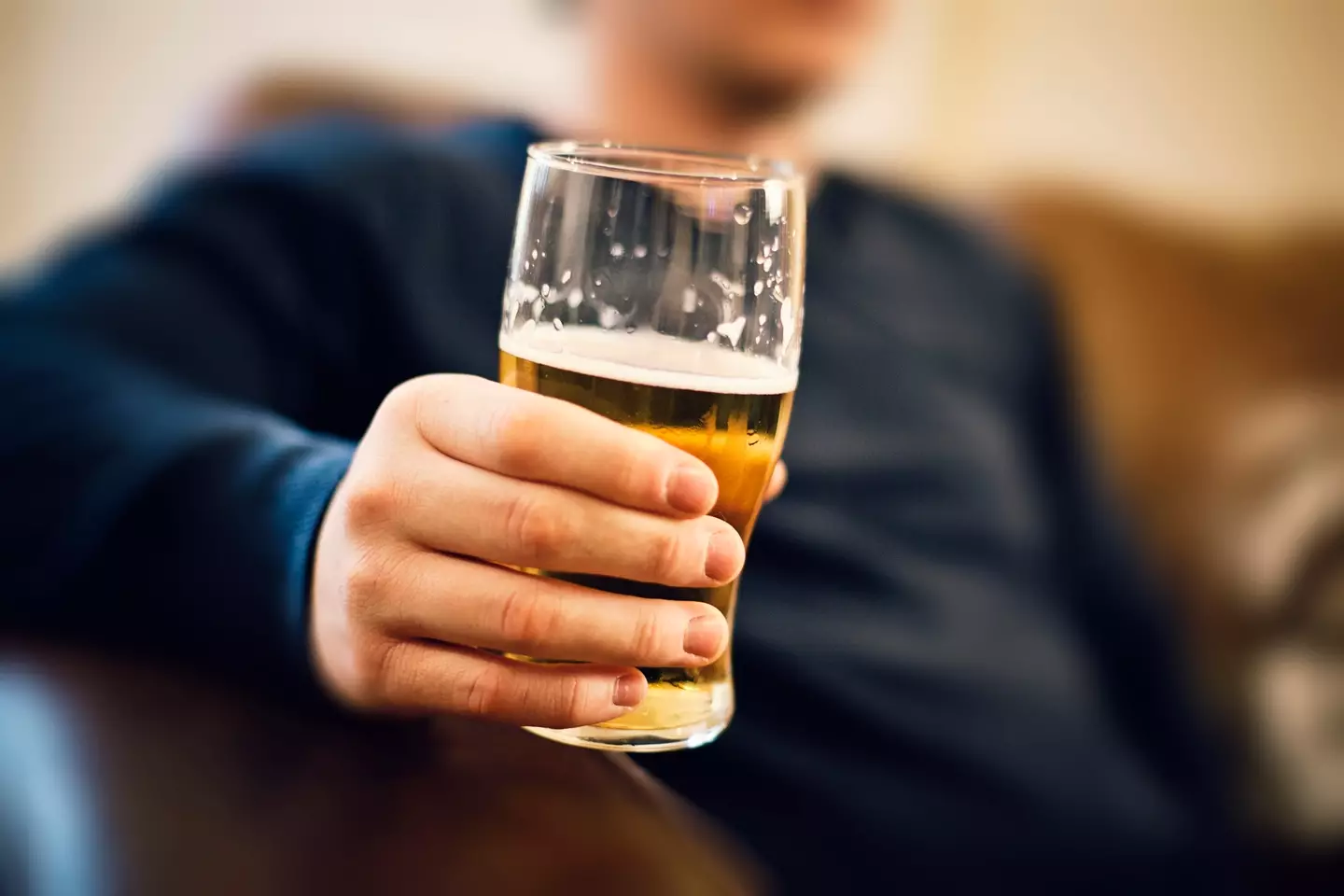
A study from Swansea University has found some correlation between finger length and drinking habits.
While correlation isn’t causation, it’s interesting nevertheless.
The research team found evidence that testosterone and oestrogen affect the length of your index and ring fingers.
So how does that tie in with alcohol? Apparently, the length of your ring finger compared with your index finger could mean you’re more prone to drinking than the average.
Advert

It sounds like horoscope-level science, but there’s some data to back the claims.
A sample of 258 participants, 169 of whom were female, found that consumption rates varied between sexes.
Men typically showed higher rates of alcohol consumption and higher alcohol abuse mortality rates when compared with women.
Advert
The tenuous link to finger length is gendered: heightened oestrogen exposure in the womb has been found to increase the length of index fingers compared with ring fingers, while the opposite is true of heightened testosterone exposure.
In other words, men often have long ring fingers and shorter index fingers, and they’re more likely to drink heavily or die from alcohol abuse.
“Alcohol consumption is a major social and economic problem,” explained Professor John Manning from Swansea’s Applied Sports, Technology, Exercise and Medicine (A-STEM) research team.
“Therefore, it is important to understand why alcohol use shows considerable differences across individuals.
Advert
“A pattern like this suggests an involvement of sex hormones, such as testosterone and oestrogen.
“Digit ratio (2D:4D: the relative lengths of the 2nd [index] and 4th [ring] fingers) is thought to be an index of early testosterone (long 4th digit) and oestrogen (long 2nd digit).
“It is known that alcohol-dependent patients have very long 4th digits relative to their 2nd digits, suggesting high testosterone relative to oestrogen exposure before birth.
“As expected, the associations were stronger for men than women.”
Advert

The study concluded that 'alcohol consumption was negatively related to 2D:4D, suggesting high prenatal testosterone and low prenatal oestrogen are linked to its consumption'.
"Correlations varied in strength from small to large with the strongest found for right 2D:4D and for males," it added.
"Positive relationships between body size and alcohol were small to moderate, confined to males, and were not independent of digit ratios.
Advert
"Prenatal androgenisation may influence alcohol drinking patterns in non-clinical individuals."
